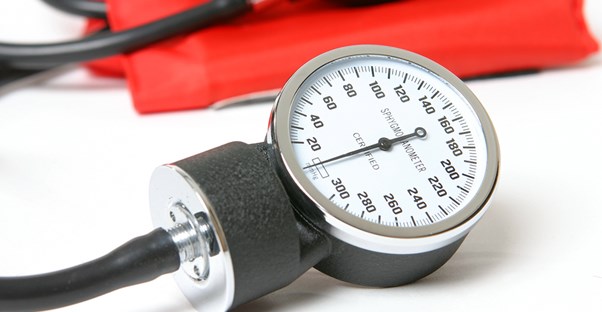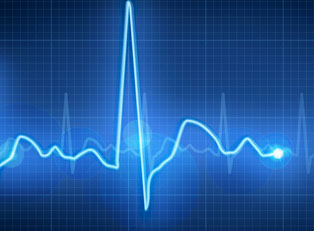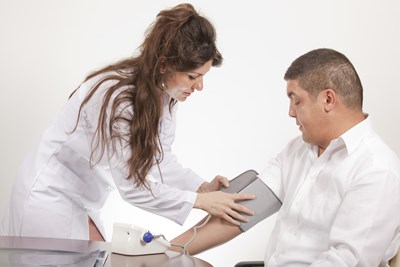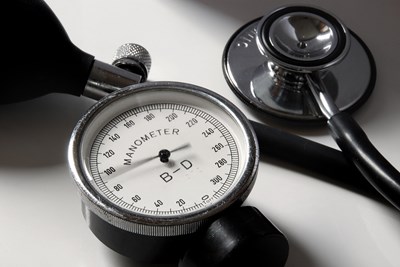High Blood Pressure Treatment
High blood pressure has many modalities for treatment. Pharmaceutical companies sink millions of dollars into research in newer, more novel drugs but sometimes the best methods are cheap and simple.
Lifestyle Modification
One of the simplest ways to treat high blood pressure is simply changing dietary behavior. One of the biggest contributions towards high blood pressure is salt intake. Increased salt intake increases fluid retention in the body; making the blood and fluids in the body more hypertonic with salt increases the ability for water to be retained. Cutting back on salt intake has been shown in studies to reduce blood pressure significantly. Another way, though not as easy as it sounds, to reduce blood pressure is weight loss and exercise. Weight loss and exercise has been shown in studies to lower blood pressure, due to a combination of factors, such as opening up more blood vessels during exercise and reducing the amount of pressure needed to perfuse the body with blood. These methods require no medications, just willpower and dedication.
Basic Medication Intervention
If lifestyle modification is not enough, or if risk factors make lifestyle modification tougher (e.g. history of heart disease, dangerously high blood pressure), pharmacological intervention may be necessary. The target blood pressure is typically below 140/90, with below 135/85 being most preferable. The most common first steps in treatment is using a diuretic and an ACE inhibitor, or angiotensin-converting enzyme inhibitor. The diuretic works by increasing fluid excretion via urination, reducing blood pressure. The ACE inhibitor works on the kidneys, blocking the effects of a hormone in the body by preventing the conversion of angiotensin I to angiotensin II. The net effect is that the body's response to increase blood pressure is reduced, lowering blood pressure. The most commonly prescribed drugs are hydrochlorothizaide and lisinopril. Hydrochlorothiazide, or HCTZ in short, have proved to be extremely effective in African Americans in studies because the diuretic works extremely well in the kidneys. Both of these drugs are often prescribed together for people with resistant high blood pressure. Not only that, these medications are extremely cheap; they can often be obtained for $4 US dollars in many drugstores. There are other drugs that work similar to how these work with more efficacy, but are more expensive and the net effect is not as pronounced to warrant first-line usage.
Advanced Medication Intervention
If basic medical intervention fails to bring blood pressure down sufficiently, then more advanced hypertensive medications may be required. Another class of medications that can be used are the calcium channel blockers, such as amlodipine (Norvasc). These medications work by dilating arterial vessels, reducing blood pressure by increasing the capacitance of these vessels. However, one of the side effects of this class of medications is reflex tachycardia, or increased heart rate. Hydralazine is another drug that works similarly with great pressure-reducing effects, but its results are short-lived, last 4-6 hours and require frequent intake for long-term blood pressure control. Beta blockers are another class that have been shown to work well in reducing blood pressure via a myriad of factors, such as reducing the response of pressure-raising hormones and blunting the stress, or flight-or-flight, responses that can raise blood pressure. Beta blockers are great in patients with both high blood pressure and congestive heart failure. Clonidine is a drug that blocks alpha-receptors, and works very well for reducing blood pressure, but it is a drug that is prescrbied with much caution due to its effects of rebound hypertension, going up to the 200s/110s sometimes if a morning or evening is missed.




